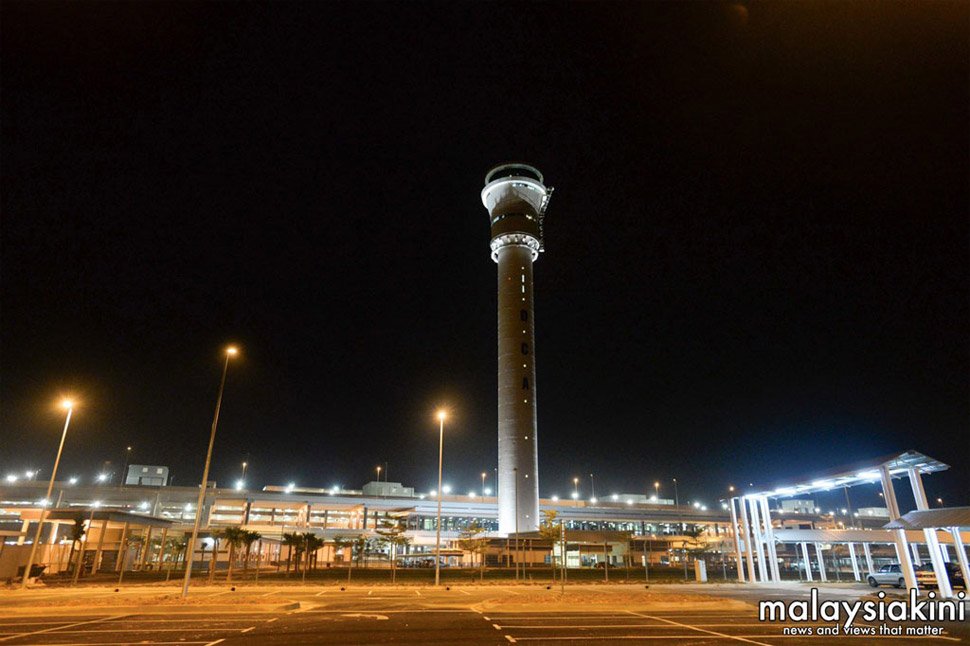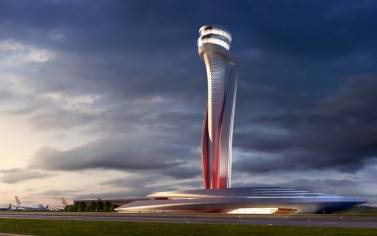Design Principles of Air traffic Control Tower
The design of an air traffic control (ATC) tower is critical to ensuring the safe and efficient movement of aircraft within an airport. The tower must provide a clear view of the airport and its surroundings, while also accommodating the complex communication and technological systems necessary for air traffic control.
Here are some key design principles for an ATC tower
Height and Visibility: The tower should be tall enough to provide a clear view of the entire airport. It must include the view of runways, taxiways, and aircraft parking areas. When choosing the tower’s location, prioritize minimizing obstructions and maximizing visibility.
Layout and Space: The tower should be designed to allow for efficient movement of controllers and staff. Available space for equipment and technology is necessary for air traffic control.
Acoustics and Lighting: When choosing the tower’s location, prioritize minimizing obstructions and maximizing visibility. And it must have have proper sound insulation. Appropriate lighting should be provided to ensure clear visibility both day and night.
Security and Safety: Controllers and staff deserve a secure and safe working environment, so design the tower with that in mind. This includes protection from extreme weather conditions, fire, and other hazards.
Ergonomics: The tower should be designed to minimize the physical strain on controllers and staff, with proper seating and adjustable workstations.
Sustainability: The tower should be designed with sustainability in mind, using materials and systems that minimize energy consumption and reduce environmental impact.

Example of a Design: Istanbul New Airport Air Traffic Control Tower
The Istanbul New Airport ATC is a prime example of modern tower design principles in action. Designed by AECOM and Pininfarina, the tower stands at 342 meters (1,122 feet) tall, making it one of the tallest air traffic control towers in the world.
The tower’s design prioritizes unobstructed views of the airport’s six runways and surrounding airspace. Its unique tulip-shaped form, inspired by a historic symbol of Istanbul, minimizes wind resistance and turbulence. The tower also incorporates sustainable features, such as a rainwater harvesting system and natural ventilation.
The Istanbul New Airport ATC Tower is a testament to the innovative design principles that go into creating safe, efficient, and sustainable air traffic control towers. As air traffic continues to grow, these principles will be even more important in ensuring the smooth and safe operation of airports around the world.

References:
- “FAA Advisory Circular 150/5340-1L: Standards for Airport Markings.” Federal Aviation Administration, 2009.
- “Air Traffic Control Tower Design Guide.” Federal Aviation Administration, 2002.
- “Air Traffic Control Tower (ATCT) Design Considerations.” National Air Traffic Controllers Association.


